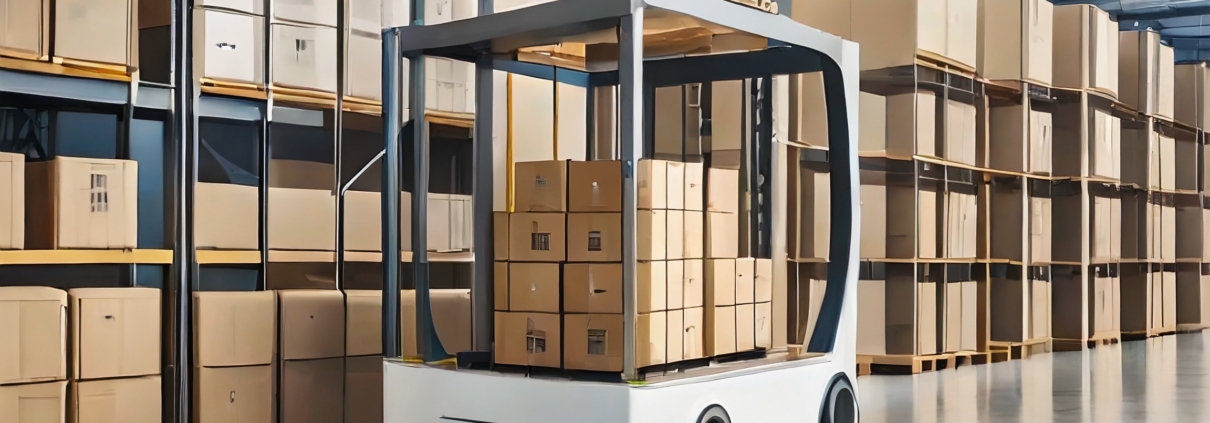Revolutionising Logistics – Key Trends and Innovations Shaping the Future of the Industry
Numerous innovative trends are transforming the logistics industry, a sector profoundly influenced by the pandemic and characterised by its dynamic response. The following are key trends illustrating the evolving landscape of this industry.
Advanced Analytics and Big Data
Logistics companies are leveraging big data and advanced analytics for route optimisation, demand forecasting, and inventory management. Predictive analytics help in making data-driven decisions, reducing costs, and improving efficiency.
Internet of Things (IoT) and Sensors
IoT devices and sensors are used to track shipments in real-time, monitor environmental conditions, and optimise supply chain visibility. This technology enhances asset tracking, reduces delays, and improves overall logistics efficiency.
Blockchain Technology
Blockchain is being explored to enhance transparency, traceability, and security in supply chains. It can help reduce fraud, streamline documentation, and improve the overall reliability of information sharing among stakeholders.
Autonomous Vehicles and Drones
The development and testing of autonomous trucks, drones, and other unmanned vehicles are ongoing. These technologies have the potential to revolutionise last-mile delivery and reduce labor costs in the long run.
Robotics and Automation
Warehouse automation using robotics is becoming more prevalent. Automated guided vehicles (AGVs), robotic pickers, and packing systems contribute to faster order fulfilment, increased accuracy, and reduced labor costs.
Artificial Intelligence (AI) and Machine Learning
AI and machine learning algorithms are used for demand forecasting, route optimisation, and predictive maintenance. These technologies enable logistics companies to make more informed decisions and improve overall operational efficiency.
Augmented Reality (AR) and Virtual Reality (VR)
AR and VR technologies are being applied for training purposes, enhancing warehouse efficiency, and improving order picking accuracy. AR can provide real-time information to workers, improving their decision-making capabilities.
Green Logistics and Sustainability
Sustainability is a growing focus in the logistics industry. Companies are exploring eco-friendly practices, alternative fuels, and green technologies to reduce their environmental impact and meet regulatory requirements.
Collaborative Platforms and Digital Marketplaces:
Digital platforms that connect shippers with carriers, warehouses, and other logistics service providers are on the rise. These platforms streamline communication, improve visibility, and enhance collaboration within the supply chain.
3D Printing
3D printing is being explored for localised manufacturing and rapid prototyping, reducing the need for extensive transportation of certain goods. This could have a significant impact on more decentralised and agile supply chains.
E-commerce Logistics Innovations
With the growth of e-commerce, logistics companies are adapting to handle the unique challenges of last-mile delivery, reverse logistics, and customer expectations for faster and more flexible shipping options.
Smart Warehousing
Warehouses are becoming smarter with the integration of technologies like RFID, automated inventory management systems, and smart sensors. This contributes to better inventory accuracy, faster order fulfilment, and reduced operational costs.
The aforementioned trends collectively strive to tackle industry challenges, enhance operational efficiency, and align with the evolving requirements of the logistics sector. For logistics companies, staying informed and adapting to these innovations is crucial to maintain competitiveness and effectively respond to shifting market dynamics.



